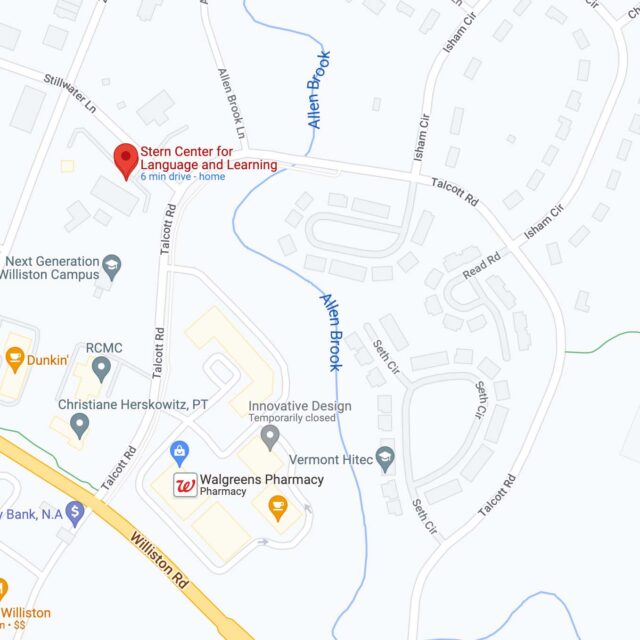
Have you ever had a student who did not know their letters and sounds coming into first grade? Who could not segment or blend sounds?
Over the past six years Crystal, a first grade teacher, and I, a special educator, have had many students who fit this profile. We were unable to find the key for these struggling readers and were becoming frustrated at not having the proper tools to meet these students’ needs. When consulting with outside sources, specialists would often recommend Orton-Gillingham (O-G). Due to lack of training, we were unable to offer this multi-sensory literacy approach to our students.
When given the opportunity to take O-G training through the Cynthia K. Hoehl Institute for Excellence at the Stern Center, we were eager to participate. We took a 30-hour Orton-Gillingham Classroom Educator course over the summer and dove headfirst into a yearlong 50 hour practicum. Thanks to a grant from the Academy of Orton-Gillingham Practitioners and Educators for 1st through 3rd grade classroom teachers, Crystal and several other classroom teachers were able to participate in the O-G course and practicum. Currently, there are six staff members at my school (three are special educators) doing this work.
Crystal and I benefit from having the same O-G mentor, Stern Center’s Peggy Price, come to our school throughout the year to observe our lessons and provide detailed feedback. This mentorship is crucial for not only building our individual skills as O-G teachers, but fostering our collaboration within a multi-tiered system of support.
Crystal began implementing O-G in her classroom on the first day of school. While many of her first graders had knowledge of letters and sounds from Kindergarten, one particular student stood out. A very quiet girl, who did not know any letters or sounds, was especially reluctant to participate in whole group lessons. She not only lacked the skills to blend and segment sounds (go from “big” to /b/-/i/-/g/ and /b/-/i/-/g/ to “big”), but struggled to understand basic whole group directions. She would often incorrectly guess at words, and was unable to read even two letter words (e.g. at, in).
I soon began working with her each day, providing more intense, individualized O-G instruction. I would also go into the classroom and work with this student during Crystal’s whole group O-G lessons to provide further support.
Together, Crystal and I were able to use the expert help of Peggy to guide this tenacious student through her journey of becoming a reader. Having the opportunity for someone to watch your lesson and give you feedback based on your individual student’s needs is crucial for any teacher’s professional growth. When one strategy did not work for my student, Peggy helped us brainstorm other strategies until something “clicked.”
Last month Peggy and I witnessed a breakthrough. After months of instruction, my student independently blended not two, but three sounds together to read words (“/b/-/i/-/g/…big,/b/-/u/-/g/…bug”). She then read a controlled, early reader story. The only thing that interrupted my student from reading was looking up to see my tears of pride.
The O-G course and practicum are invaluable in our professional growth and the effects will last a lifetime for all of us.
